Obesity, type 2 diabetes, heart disease … the risks of consuming sugar are so many and so well known that more and more people are seeking to avoid it or at least reduce it.
A fundamental first step to achieve adequate consumption is to have all the information at hand. Food companies publish the nutritional values of their products for exactly this reason, but what happens when some companies cheat?
Using ambiguous names or terms or giving approximate figures are just some of the many methods that companies use to hide sugar in their products , and that we should all know.
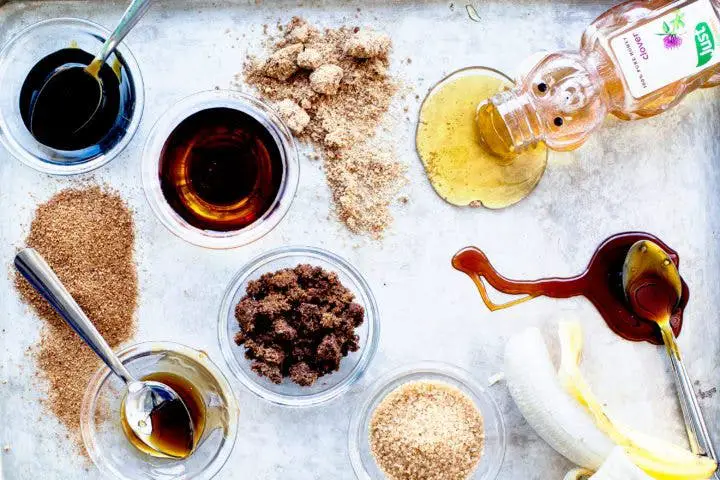
8 methods to hide sugar from products
1. Name sugar under different names
While sugar is the common denominator for identifying short-chain carbohydrates that give foods “sweet taste,” there are many variants of this product, with less recognizable names.
Food companies know this reality, and are very familiar with those other names. They obviously use them to camouflage the way they sweeten products.
These are some names that you should pay attention to.
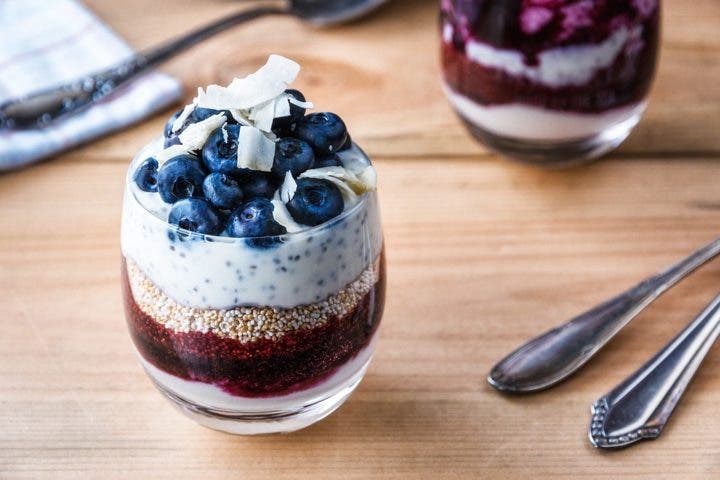
1.1 Alternative names for traditional sugar
- Barley malt.
- Beet sugar or brown sugar.
- Cane juice glass.
- Corn sweetener.
- Coconut sugar
- Crystalline fructose.
- Date sugar.
- Dextran or malt pole.
- Fruit juice concentrate.
- Invert sugar.
- Maltodextrin.
- Maltose.
- Molasses.
- Brown sugar.
- Panela.
- Palm sugar or organic powdered sugar.
- Evaporated cane juice.
- Powdered sugar for confectionery.
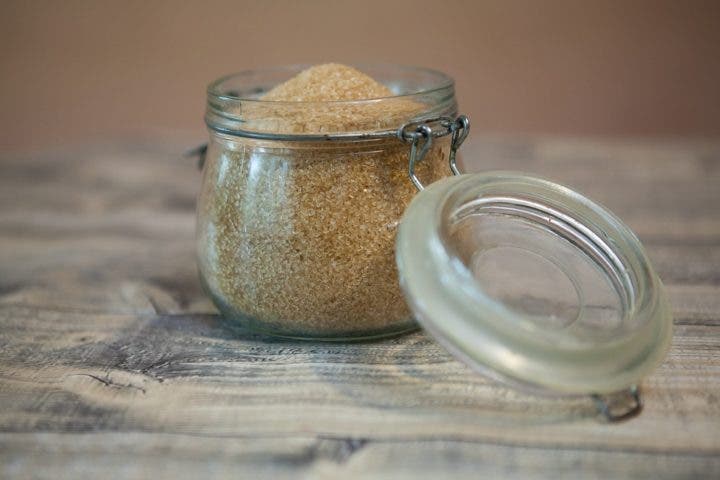
1.2 Alternative names for sugar syrup
Syrup is another product that serves to mask sugar in food , and like traditional sugar, it also has many names and presentations that make it easy to confuse:
- Agave nectar.
- Carob syrup.
- Golden syrup.
- High fructose corn syrup.
- Honey.
- Malt syrup.
- Oat syrup
- Rice bran syrup.
- Rice syrup.
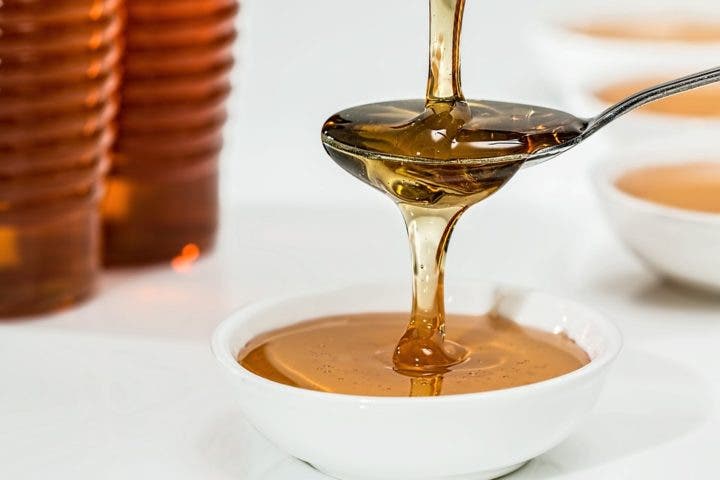
2. Use several types of sugar at the same time
On the labels of the nutritional table of the products, you can see that the components are listed so that the one with the greatest presence in the preparation appears first. Manufacturers of sugary foods often take advantage of this, adding small amounts of one type of sugar but using several types in a single preparation.
Among the products that suffer from this type of advertising alteration, protein bars are quite illustrative. For example, if you take any protein bar, you will most likely see how it starts by mentioning some protein concentrate, and then several names for sugar such as corn syrup, fructose and the like. If you compare the percentages, surely the sugar will equal or be very proportional to the protein.
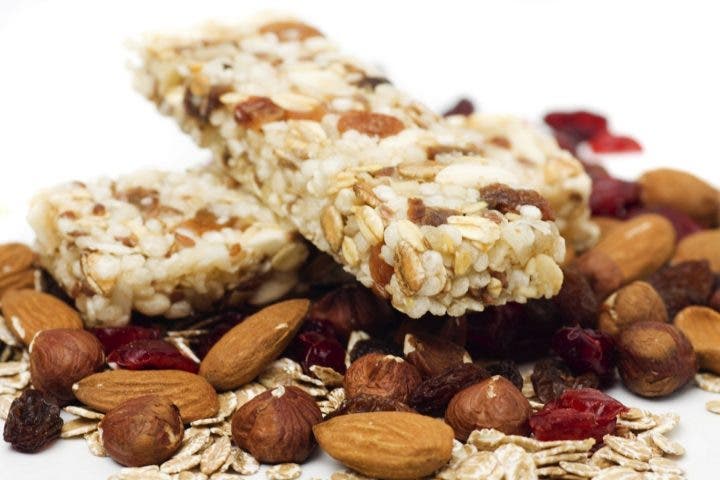
3. Add sugar to foods you don’t expect
By common sense we know that foods like artificial juices contain high amounts of sugar, which is why we are alert to them in advance. However, there are less common products, such as yogurt, pasta sauce or cereals, which are usually artificially sweetened without you even imagining it. As an example, it is estimated that a commercial medium yogurt has an average of 29 grams of sugar.
Many people are unaware of this and increase their sugar intake without knowing it.
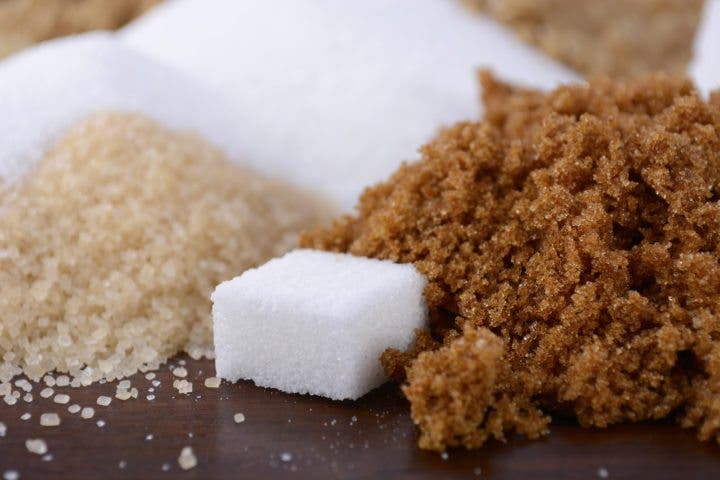
4. Use healthy sugars instead of refined sugar
Companies also tend to substitute the refined sugar we are used to with other “healthier” sugars such as natural sugars from honey, seed syrup, fruits and others.
It is true that these types of sugar have undergone fewer transformation processes, but they are still added sugar. Also, if you consume it in large quantities, however natural they may be, it will continue to have negative effects.
4.1 Common Healthy Sugar Substitutes
- Agave or birch syrup.
- Coconut, cane, or raw sugar.
- Honey.
- Beet sugar syrup.
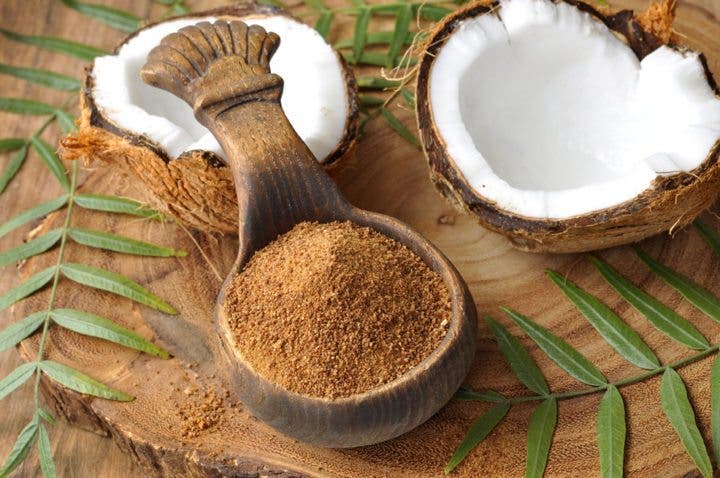
5. Combine added sugars with natural sugars from other ingredients
When the products we buy contain fruits or certain vegetables, they bring the sugars of those ingredients incorporated. This sugar is healthy up to a point, but many companies add their artificial sugars despite this.
The main problem is that companies do not usually put on the labels how much of the sugar in their products is from natural sources and how much is added, which leaves this choice a bit to the discretion of the buyer.
6. Advertise that the products are beneficial to health
Products that tend to label themselves as “light,” “low-fat,” and the like, often actually consist of outright hypocrisy or half-hearted lies.
In the best of cases, these labels may correspond to a partial vision of the product, emphasizing one of its qualities while ignoring the others. At worst, it is simply a way of camouflaging the total sugar in the products , taking only one type of sugar that it contains and ignoring the other components.

7. Put many servings of a product in the same package
When describing the nutritional values of the products, the companies do so according to the serving portion or according to each 100 grams of the product.
The trick here is that many times the total portion of the product is higher than the example that appears in the descriptive table, which distracts your attention and makes you feel that you are ingesting less sugar than you are actually ingesting .
What you can do here is simple math: take what it says in the table and compare it to the weight of the product. So you will have a better idea.

8. Make sweet versions of a low-sugar product
If it’s hard to trust the amount of sugar that “healthy” products claim to have, imagine what their regular versions might be like.
Companies, however, often take advantage of the relative good name of products associated with health or low calories and then make sugar-laden versions.
Even without companies having to advertise these new products as “light,” customers often associate them with their original healthy versions and accept them as such.
Reference
- West, H. 8 Ways Food Companies Hide the Sugar Content of Foods. For Authority Nutrition. [Revised October 2016]